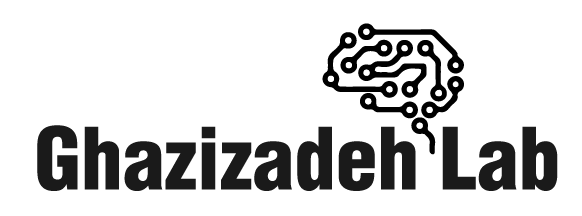Research projects
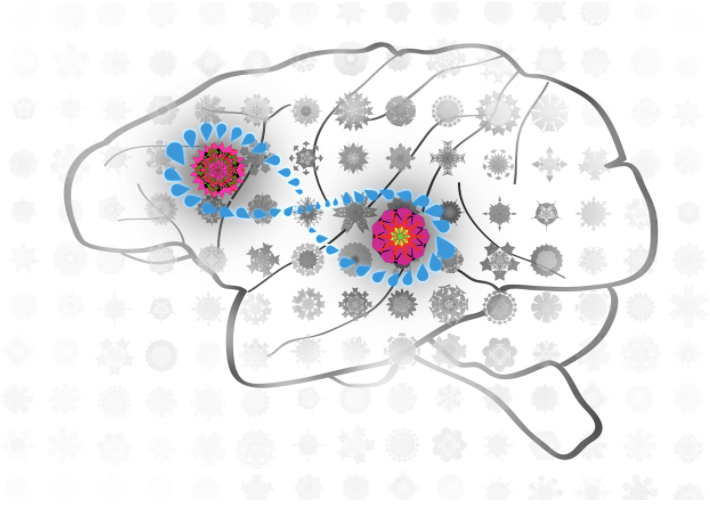
Cortical and subcortical involvement in reward memory
Ghazizadeh et al, 2018, PNAS
Ghazizadeh et al, 2018, Curr Biol
Ghazizadeh and Hikosaka, 2021, Science Advances.
Object value learning and memory
We, primates, use vision as our primary sense to deal with many objects that surround us. Our lifelong experience with objects teaches us that some objects are more valuable than others (e.g. our favorite foods, people etc). Despite the primacy of this phenomenon little is known about the neural mechanism that learns and stores the object values in primate brain. Recent evidence shows that different structures are involved in different time-scales of value learning and memory and depending on the context.
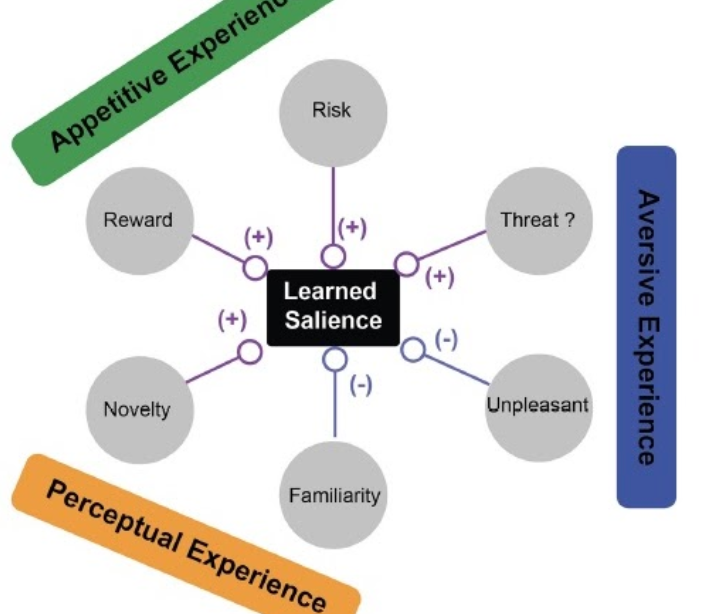
Experiential dimensions modifying object salience
Ghazizadeh et al, 2016, FrontNeuro
Ghazizadeh et al 2020, CerebCtx Comm
Dimensions of object salience
There is evidence that previous experience with objects can change their intrinsic salience (i.e. how attention grabbing they are). We have investigated the influence of different experiential dimensions such as reward, risk, aversiveness and novelty in changing object salience. There are commonalities as well as differences between these dimensions in the way they modify salience. Little is known about the neural mechanism underlying these similarities and differences and their interaction with long-term memory. This is one of our active areas of research.
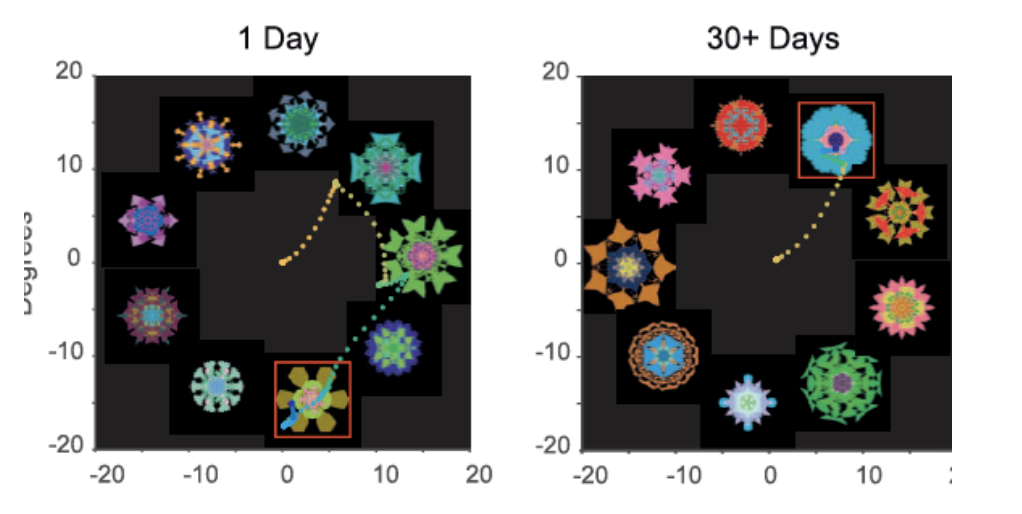
Value pop-out by long-term reward training
Ghazizadeh et al, 2016, J Vision
Sharifi et al, 2021, J Vision
Value driven perceptual learning
It is long thought that guiding features in visual search are limited to objects physical properties such as color or orientation pop-out. However it there is mounting evidence that high-level propoerties may also be very effective in driving efficient search (as seen in detecting faces for example). Our results show that long-term association of reward value can also result in efficient search in ways that are similar to bottom-up influences ( i.e. fast detection and high capacity). This goes against the long-held dogma in the field. We are investigating the neural mechanisms that can mediate the observed ‘value pop-out’
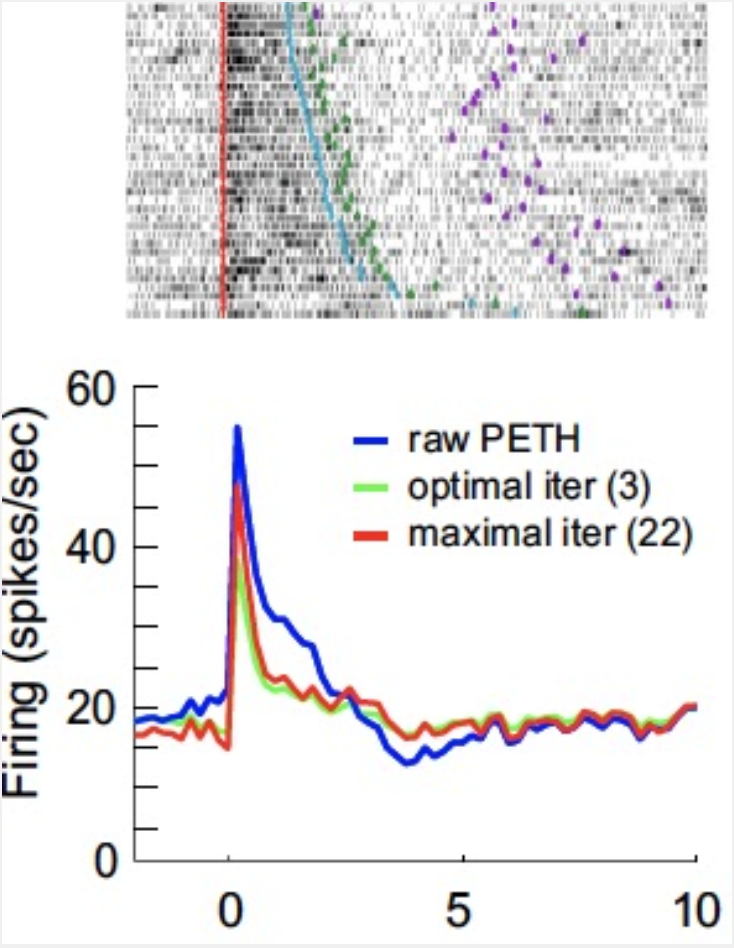
Partial deconvolution for parsing event-related firing
Ghazizadeh et al, 2010, Jneurophys
Tools for neural analysis
We are interested in developing better methods for neuroscience data analysis.
see Resources sections for shared tools
